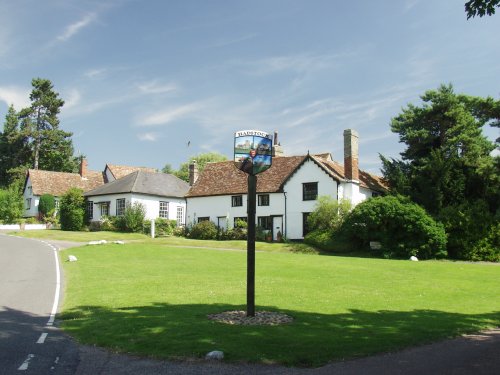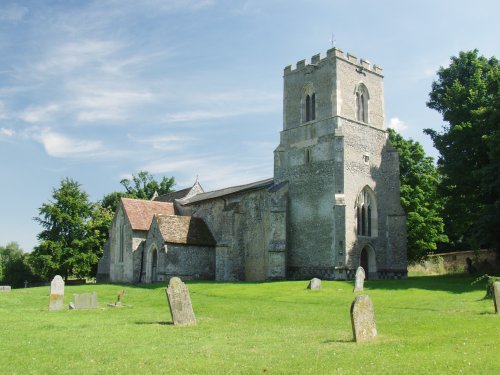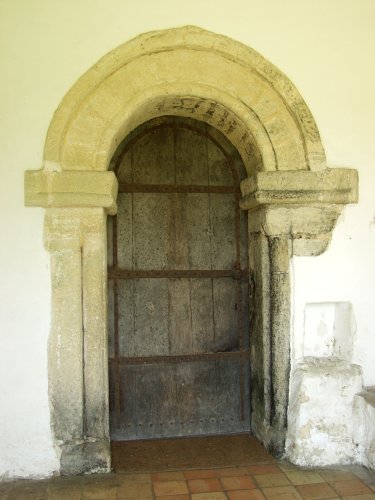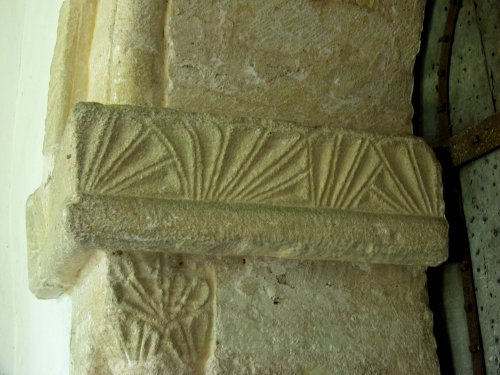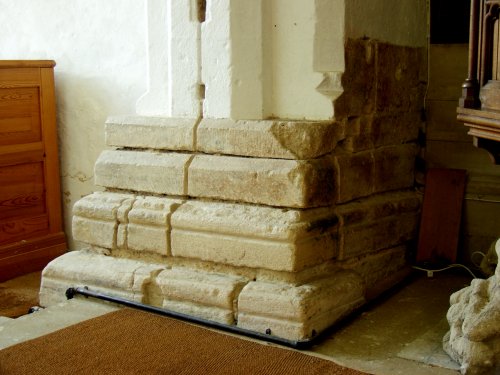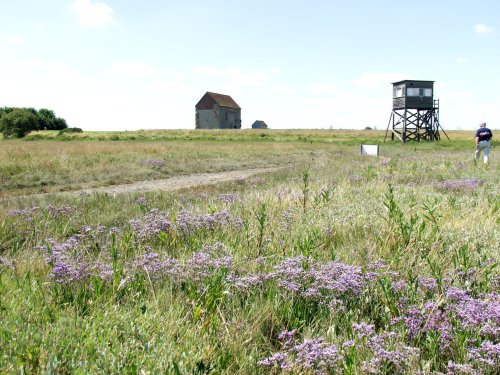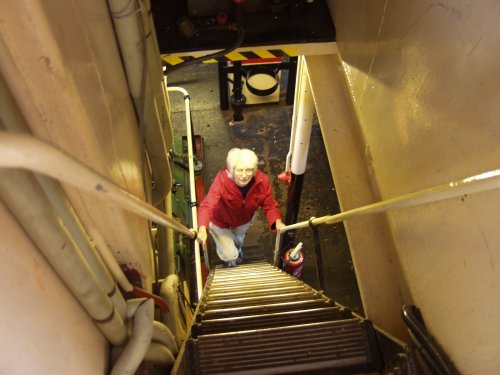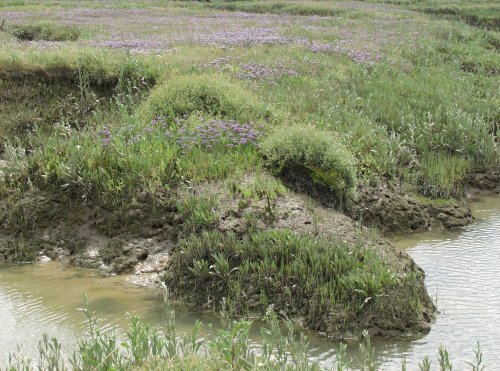Yesterday afternoon was nice and sunny with a little cloud about so we thought a short walk would be in order. We drove to ConyField Wood where we intended to walk through it to a little village on the far side. Cony, or Coney, is the old word for Rabbit in case you didn’t know.
At this time of the year the sun is getting quite low in the afternoon which does give some nice lighting effects.



Near the far side of the wood is a tumulus which we saw although I didn’t take a photograph of it because the Bracken growing all over it together with the wood all around seemed to make it look rather insignificant.
Having emerged from the other side of the wood the footpath continued across fields with the village, especially the church tower, now visible below. The shadow from the hedge on our left is quite dark and noticeable because of the height, or lack of it, of the sun.

We soon arrived in the village which, believe it or not, is called Messing and here is a photograph of the village sign to prove it.

Just opposite the sign is the village inn, The Old Crown, which has a reputation of providing good food although, as yet, we haven’t sampled it.

I took this next view from the edge of the village because it was a nice view but primarily because of the clouds. They form rows and are sharply cut off at the bottom giving the lower edges a very flat appearance. They might even interest the Cloud Appreciation Society.
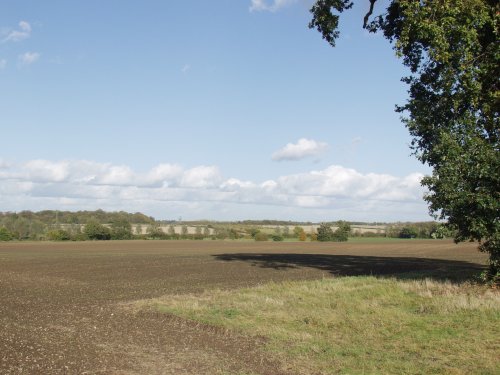
We walked back the same way, across the fields and through the woods, to our car and drove home. A short, but very pleasant, walk.


